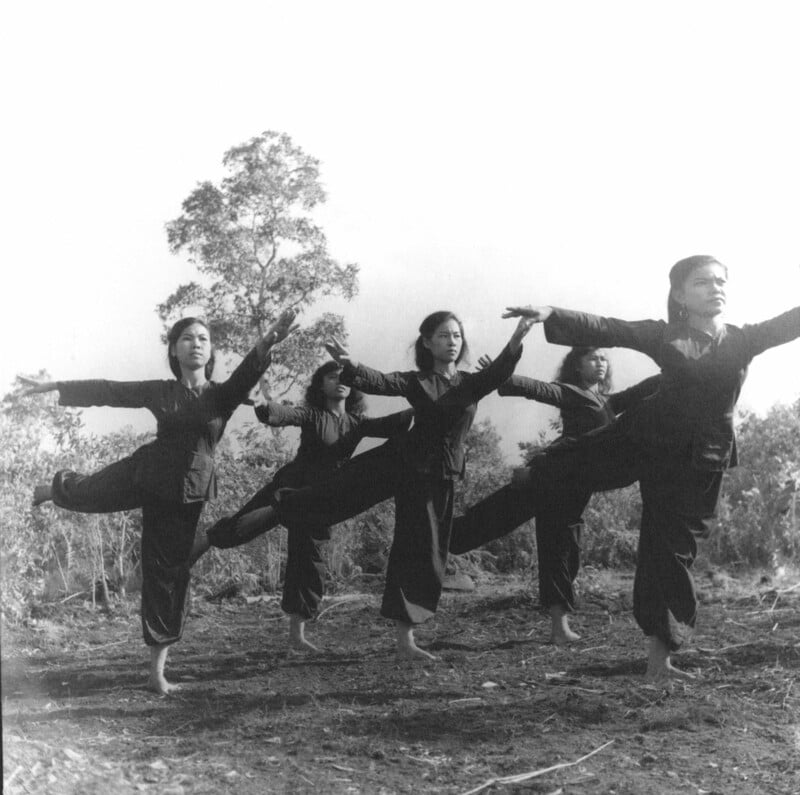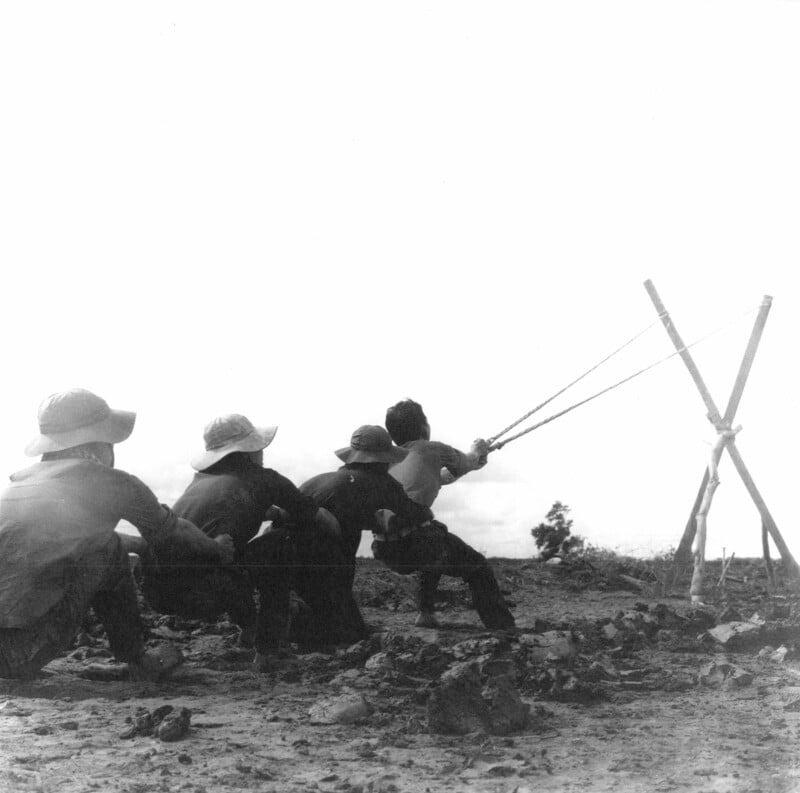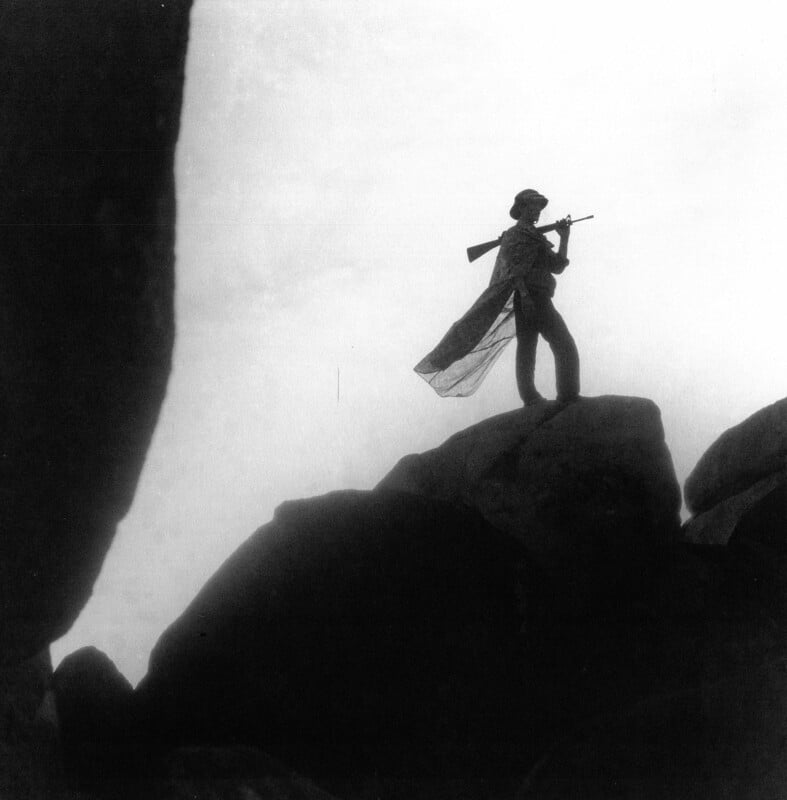Vietnamese Photographer Captured Lives of Communist Guerrilla Fighters Hiding in the Jungle

A new exhibition is shining a light on the work of Võ An Khánh, a photographer who was embedded with the North Vietnamese Communist Army during the Vietnam War.
A different perspective on what is often referred to as the first “televised war” that produced iconic photographs, Khánh documented the lives of communist guerrilla fighters and their communities hiding from the Americans and the South Vietnamese in the country’s mangrove forests, mainly in the Ca Mau region.
The Mangrove Theatre at the IC Visual Lab in Bristol, England, is holding the first European monograph of Khánh’s work. The photographer died at age 87 in 2023.
Khánh staged a photo exhibition in the challenging conditions of a mangrove forest during the Vietnam War. He developed his photos in the field and stored them in ammunition boxes with rice to absorb moisture.
“Every frame of the 16 images in the exhibition captures an impossible moment,” the Mangrove Theatre writes in a press release. “Children attend lessons in jungle classrooms designed to be quickly disassembled to maintain cover. Women in ascetic uniforms perform balletic leaps across flooded fields. Medics operate knee-deep in swamp water — a scene of wartime surrealism that Hollywood studios spend fortunes attempting to recreate.”




The story of the Vietnam War is almost always told through Western eyes which, the Mangrove Theatre says, reduces Vietnam to a “narrow stereotype” of silent farmers and fighters to be either “feared or pitied.”
The exhibition will also display photographs taken by well-known wartime photojournalists such as Don McCullin, Tim Page, and Nick Ut to “demonstrate the stark difference in visual language between outside observers and those who lived the reality.”


Nick Ut has been in the news recently as authorship of his most famous work, and arguably the most famous photo from the Vietnam War, Napalm Girl has been called into question.
A new documentary called The Stringer claims that Ut did not take the image of Kim Phuc running from a napalm strike and it was instead an unknown freelancer. The film prompted World Press Photo to suspend Ut’s credit on the image, officially known as The Terror of War.
For more information on the exhibition, head to the website.